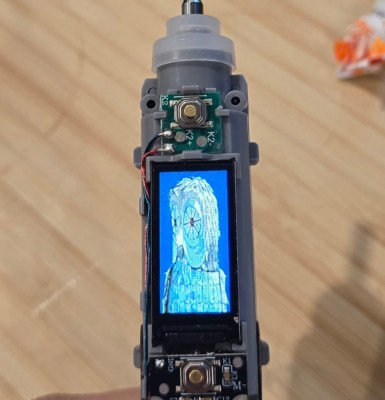When buying used cars there are plenty of ways to check on their history. In many countries there are systems, like Carfax for parts of North America and Europe, that can provide crash history in some situations and alert a potential buyer of hidden damage. Not so for computers, where anyone can run an intensive mining, gaming, rendering, or AI application for years on hardware which might not otherwise show any outward signs of heavy use. And that’s just for hard use; there’s all kinds of other ways of damaging hardware. HP is hoping to solve this problem with a PC history report of sorts.
Aimed at the enterprise or business arena, where companies tend to follow replacement schedules for laptops and other hardware which might get discarded before reaching a true end-of-life, HP is suggesting adding a data recorder at the firmware level of some computers. This software would monitor the computer’s temperatures, SSD wear, and other telematics on the computer and store a record that could be viewed by a potential buyer when the IT department is ready to take them out of service. And, since it’s 2025, HP is also claiming that this system needs and uses an AI of some sort.
Although HP is billing this as a way to improve sustainability and limit e-waste, we’d theorize that even with a report like this available, the economic gain of a program like this would be marginal at best. While the idea of giving each decommissioned laptop a clean bill of health is noble, it’s hard to imagine overworked IT staff carefully curating device histories when most used enterprise machines are already sold by the pallet.
HP is also proposing something that sounds a lot like Intel’s Management Engine, which we’re not too thrilled about around here. And also keep in mind that this is a company that has failed to innovate in any industry-leading way for as long as we can remember so we won’t expect this system to be widely adopted anytime soon.
















